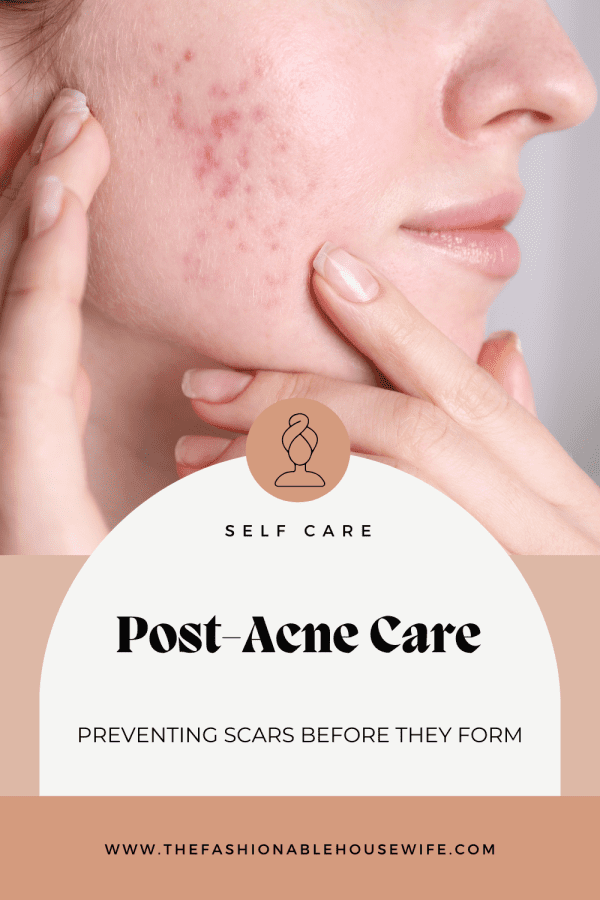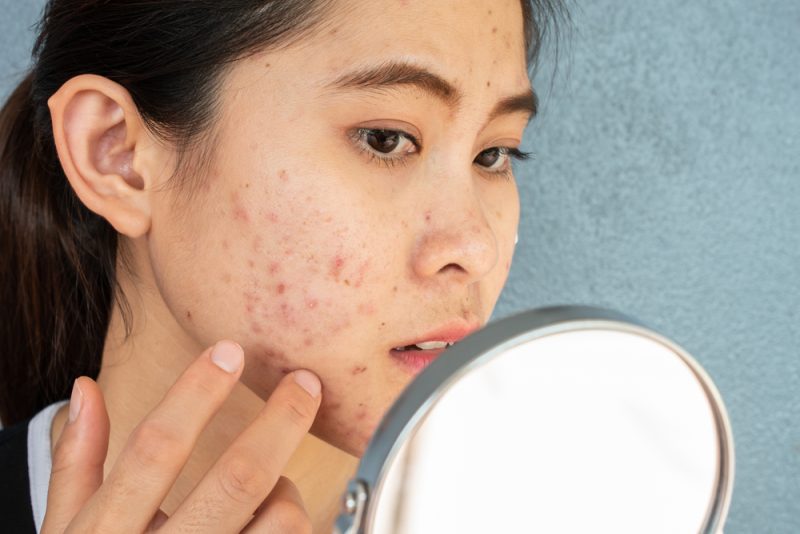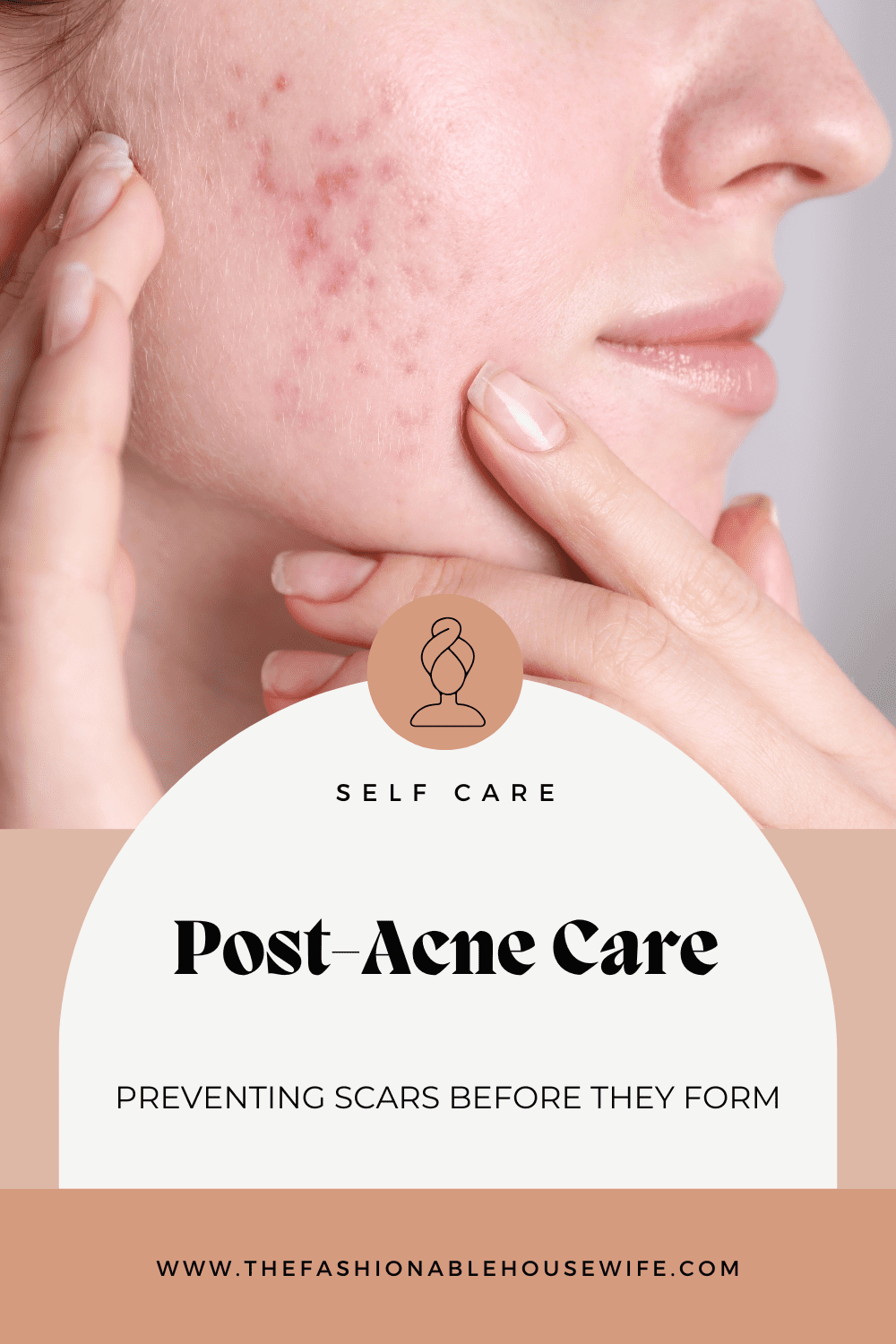Post-Acne Care: Preventing Scars Before They Form

Did you know acne scars begin forming during active breakouts, not after they heal? Scars develop when inflammation damages collagen fibers in the dermis. The skin’s repair process determines whether atrophic (indented), hypertrophic (raised), or post-inflammatory hyperpigmentation occurs. Prevention requires timely intervention during active acne, proper wound care, and use of both topical and professional treatments.
Active Acne Management
Controlling active acne prevents deep inflammation that causes scarring. Inflammatory lesions—papules, pustules, nodules, and cysts—damage collagen more severely than comedones (blackheads and whiteheads). For individuals looking to repair existing scars and restore smooth skin, consulting a clinic specializing in acne scar treatment Singapore can provide effective solutions tailored to each skin type and scar severity.
- Retinoids: Tretinoin or adapalene applied nightly accelerates cell turnover and prevents comedone formation, reducing early scar formation. Initial irritation usually subsides after 4–6 weeks. Buffer with moisturizer if sensitivity persists.
- Benzoyl Peroxide: Eliminates Cutibacterium acnes without resistance. Apply thin layers to avoid excessive dryness, which delays healing. Combination with retinoids may reduce irritation.
- Salicylic Acid: Penetrates oil glands to clear blockages. Anti-inflammatory properties reduce redness and swelling preceding scar formation. Use as a cleanser for widespread acne or spot treatment for isolated lesions.
Professional care:
- Comedone extraction by a dermatologist prevents progression to inflammatory acne. Home extraction risks tearing skin and increasing scarring.
- Chemical peels with glycolic or salicylic acid every 2–4 weeks reduce active acne while promoting collagen remodeling. Professional application ensures safety and avoids chemical burns.
All concentrations, frequencies, and application methods should be guided by a healthcare professional.

Wound Healing Optimization
Healing phase determines final skin texture. Moist wound healing supports collagen synthesis and prevents scab formation that disrupts smooth repair.
- Hydrocolloid patches: Maintain occlusion and absorb excess fluid. Replace when saturated.
- Silicone sheets or gels: Regulate collagen production to flatten developing scars.
- Centella asiatica extracts: Stimulate collagen while reducing inflammation.
- Niacinamide and zinc: Reduce post-acne erythema, regulate sebum, and support wound healing.
Important: Avoid picking, squeezing, or touching healing acne. Apply cold compresses briefly if recommended.
Sun protection: Mineral sunscreens with zinc oxide or titanium dioxide prevent post-inflammatory hyperpigmentation from becoming permanent.
Early Scar Prevention Treatments
Professional interventions during early healing may prevent permanent scarring:
- Pulsed dye laser: Targets red marks and early scar formation (585–595nm). Sessions usually spaced 4 weeks apart.
- Fractional radiofrequency: Creates controlled micro-injuries to stimulate collagen without damaging epidermis. Early intervention is more effective than treating mature scars.
- Microneedling (0.5–1.5mm): Triggers natural healing cascades; may be combined with PRP or growth factor serums.
- Injectables: Corticosteroid injections flatten raised scars; hyaluronic acid fillers lift developing atrophic scars.
- LED therapy: Red (630–660nm) and near-infrared (810–850nm) light may accelerate healing and reduce inflammation.
Home Care Protocol
Consistency is key to scar prevention.
Morning:
- Gentle cleanser
- Pat dry (avoid rubbing)
- Niacinamide serum on active and healing areas
- Lightweight, non-comedogenic moisturizer
- Mineral sunscreen
Evening:
- Double cleanse (micellar water/cleansing oil, then gentle foaming cleanser)
- Apply retinoid on clear areas
- Spot treat active acne (benzoyl peroxide or salicylic acid)
- Seal with ceramide-based moisturizer
Weekly Additions:
- Clay masks once a week to absorb excess oil
- Gentle enzyme exfoliation (papaya or pumpkin)
- Maintain lukewarm water to balance cleansing and inflammation
- Change pillowcases regularly; use fragrance-free, non-comedogenic laundry detergent
Identifying High-Risk Lesions
- Nodulocystic acne: Deep dermal lesions may need oral isotretinoin or intralesional corticosteroids to prevent permanent damage.
- Excoriated acne: Picking creates deeper wounds; hydrocolloid patches and behavioral therapy help.
- Post-inflammatory erythema: Red or purple marks may darken without sun protection; vascular lasers or IPL may help.
- Ice pick and rolling scars: Early intervention with TCA CROSS or subcision may prevent permanent textural changes.
Professional Assessment Timing
Dermatological evaluation helps prevent minor acne from progressing to scarring:
- Over-the-counter treatments fail after 6–8 weeks
- Cystic lesions develop
- Dark marks persist beyond 3 months
Digital imaging can identify subclinical inflammation, guiding targeted treatments.
Next Steps
Preventing acne scars requires intervention during active breakouts and immediate post-healing periods. Implement targeted acne treatments, consistent wound care, and daily sun protection. Seek professional care when home treatments fail or cystic lesions develop.
If you experience persistent inflammatory acne, developing nodules, or early textural changes, consult an MOH-accredited aesthetic clinic for treatments designed to prevent permanent scarring.

